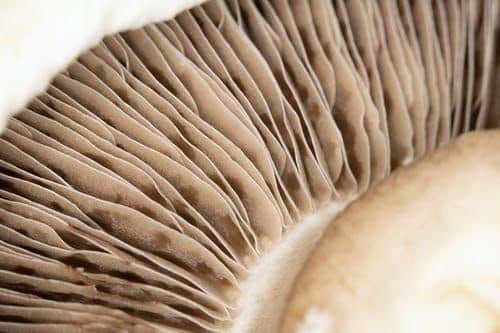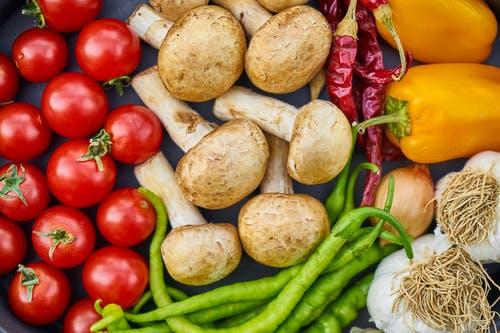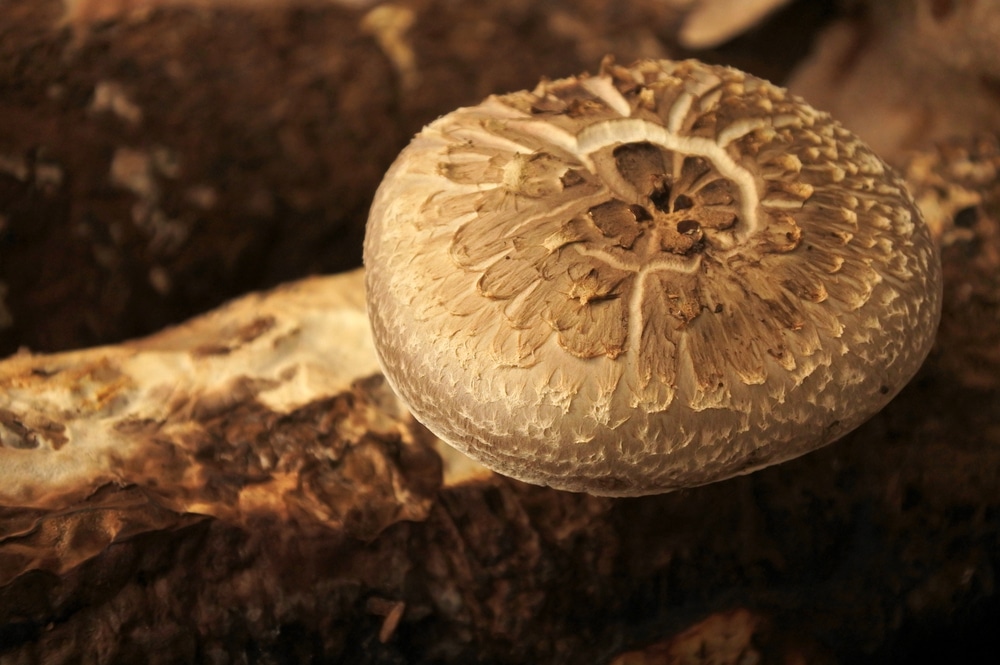Do not underestimate the mushroom. Yes, it is most often found in the company of corpses and manure, but fungi are nothing short of their own little ecological marvels. Deep in the woods or an oft-neglected corner of your backyard, mushrooms reign supreme. Mushrooms feature prominently all across Asia in a myriad of medicinal and ritualistic purposes as well as in literature and prose.
History of the Mushroom
It was colonizers that transported these traditions to the Americas, where the aboriginal peoples had also been consuming foraged mushrooms as part of their diet for centuries. In places like Appalachia foraging for mushrooms — particularly for morels — remains a big part of the rural foodway.
And while city-slickers cultivating mushrooms in teeny-tiny apartment kitchens may seem far, far removed from such traditions, their fondness for fungi — along with the continuing rise of veganism — goes a long way towards explaining this new global fungi fanaticism.
Mushroom Market
Mushroom import and export is an enormous worldwide business, with the mushroom market expected to reach $86.6 billion by 2025, according to the market research company IMARC.
Your mushroom garden is a place to grow Michelin-star delights like meaty, UFO-esque Portobellos and pretty pink oysters: forget picturesque woodland dwellings with logs and faeries, your yard will do just as well in a jiff.
Where Do Portabella Mushrooms Grow?
Fungi were practically made for moist, shady city gardens, or that spot under a shrub where nothing seems to want to grow. Instead of waging an un-ending battle against your soil, spread some mushrooms instead. Learn to grow portabella mushrooms like a pro.
What Are Portobella Mushrooms?
Brimming with earthy flavours, portabellas are just as great in a seasonal salad as they are in an open-faced burger or comforting lasagna.

Portabella, portobella, portabello, portobello. However you spell (or slice!) it, this huge, meaty mushroom is actually fairly new on the culinary scene. Portobellos are just grown-up cremini mushrooms that have been left in the ground a little longer.
Portabella Mushrooms lack chlorophyll, so they cannot photosynthesize, which means they have to do all their growing underground, feeding on whatever is available. So, mushrooms that grow under elm trees taste of nutty elm. Mushrooms that grow under aspen trees taste pungent and decidedly aspen-y. And, generally speaking, mushrooms that stay in the earth for longer taste more strongly of earth and take on more of the colour of the soil.
Originally imported from Italy, the typical portobello is darker than the standard button mushroom and four to six inches wide. They are now grown world-over.
Portobello mushrooms are a great option for a vegan or vegetarian main course, because they are large enough to fill a plate, and can be stuffed-to-bursting with your choice of filling.
Portabella Mushroom Nutritional Value

Most of the (very little) fat in portobello mushrooms is polyunsaturated fat, which is also found in other heart-healthy foods like nuts, seeds, and fish. Portobellos are particularly rich in B vitamins and minerals like potassium, phosphorus, and iron, as well as antioxidants. They are also a great source vitamin D, copper, selenium, potassium, phosphorus, vitamin B6, and niacin.
Portobello Mushroom Growing Kit
Growing mushrooms can be tricky if you have got no experience, which is why we recommend starting with a kit.
Commercially, Portobello are grown on everything from wheat-husk to sawdust to paper, sawdust even discarded cotton. They love nothing more than a big pile of freshly fallen leaves. It does not get a whole lot easier than fungi.
Growing from scratch, or rather spores, requires finesse, so start with a kit and go from there. It is perfect for novices, as portabellas grow in a wide range of conditions.
- Kits ship each Monday Morning. Indoor Growing Fun! Takes up 12 inch x 12 inch x 12 inch high space. No light needed. Growing Temperature: between 63-68 degrees F (65 being optimal).
- Kit Includes: detailed instructions, spawned/colonized growing medium and casing layer you mix and apply yourself! Fun for the whole family! Grows up to 4 lbs of mushrooms over a 4-6 week growing cycle
- Great for the home cook! Perfect Science Project!
- Orders are shipped every Monday Morning - Kits are custom made to order and shipped each Monday morning. We send fresh fully colonized growing medium which is pulled directly from our farms growing beds. Just like any living thing, the kits need to be tended to upon arrival.
- Made in the Missouri Ozarks ~ Know your Farmer
Prices pulled from the Amazon Product Advertising API on:
Product prices and availability are accurate as of the date/time indicated and are subject to change. Any price and availability information displayed on [relevant Amazon Site(s), as applicable] at the time of purchase will apply to the purchase of this product.
How To Grow Portobella Mushrooms At Home
If you would rather go the more challenging DIY-route, though, here is how:
- First thing is first — you are going to need buy spores.
- You will need a dark room that ideally stays between 65 and 70 degrees F.
- Find yourself a growing tray about 8 inches deep to hold compost, peat moss, and the spores. We recommend partially decomposed compost; the richer, the better.
- Fill the tray to within 2 inches of the lip with compost, then sprinkle the spores onto the compost and press down firmly.
- Keep the tray moist and in the dark until you start to see white webbing (mycelium) appear in the compost.
- Then cover the tray with a 2-inch thick layer of damp peat moss and a layer of newspaper.
- Keep the newspaper misted daily for about 1 to 2 weeks and keep the temperature around 55 degrees F.
- Check after a week to see if any white pin heads of young mushrooms are forming. If you see them, remove the newspaper, keep misting daily, and watch as they flourish.
Harvest when they’re about 4 to 6 inches in diameter.
How To Grow Portobella Mushrooms Outdoors
Growing Portabellas outdoors is considerably more challenging than growing them indoors. We do not recommend going this route unless you absolutely know what you’re doing.
- Trays will not work out here. You’re going to need a raised bed. One that is at least 4 feet in length, 4 feet wide and 8 inches deep.
- Fill it with seasoned manure compost up to 6 inches. Then cover it with cardboard and black plastic for two weeks. This will “cook” your compost and prevent anything unwanted from growing.
- After two weeks, remover the covering and dust the compost liberally with spores.
- As growth emerges, add an inch-thick layer of peat moss and cover with newspapers.
Harvest once your portabello mushrooms are about 5 inches in diameter.
Links to Portabella Mushrooms Recipes
Now that you have your own supply of Portabella Mushrooms here are few of our favorite recipes:
Portobello Steaks with Avocado Chimichurri







